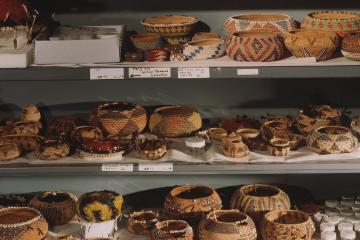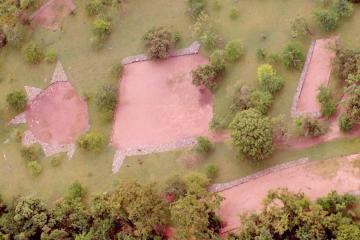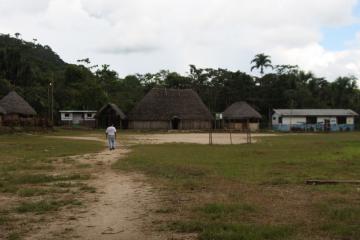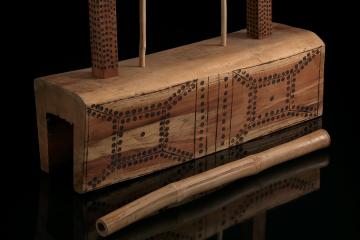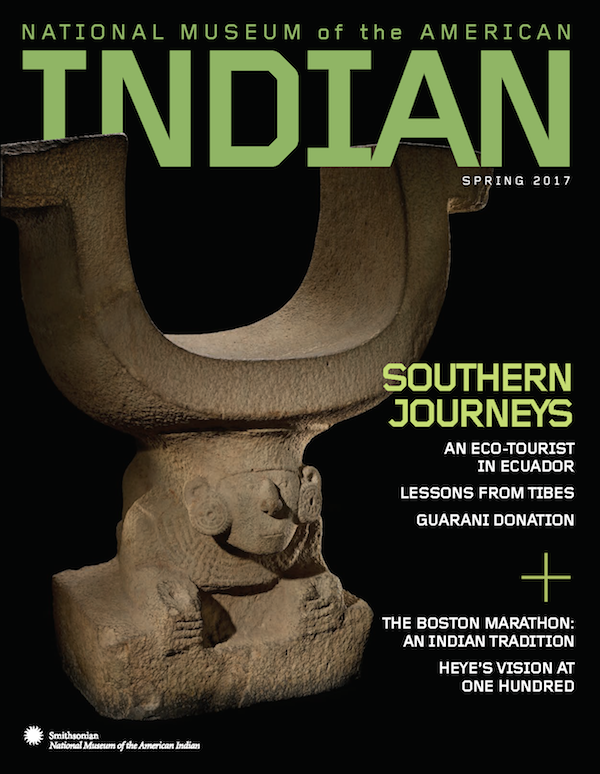
On the Cover
Museum-sponsored digs unearthed some of the early treasures of George Gustav Heyes’s Museum of the American Indian (MAI), the predecessor of our collection. This seat from the Manteno culture of Ecuador, circa A.D. 500 to 1500, was excavated by Marshall H. Saville between 1906 and 1908, with the support of the Heye Foundation. Although no one is certain, it might have been used by spiritual leaders for astronomy, weather predictions or public ceremonies for agriculture. Other highlights from these excavations are now on display at the National Museum of the American Indian – New York in the exhibition Ceramica de los Ancestros: Central America’s Past Revealed, through December. This tradition continues in the centenary year of the MAI with the work of L. Antonio Curet, the Museum’s Curator of Archaeology, at the Tibes ceremonial site in Puerto Rico.
Manteno seat, A.D. 500–1500. Cerro Jaboncillo, on the coast of Mantas, Ecuador. Stone; 15.7" x 26.8" x 29.5". Collected by George H. Pepper. 1/6380.


